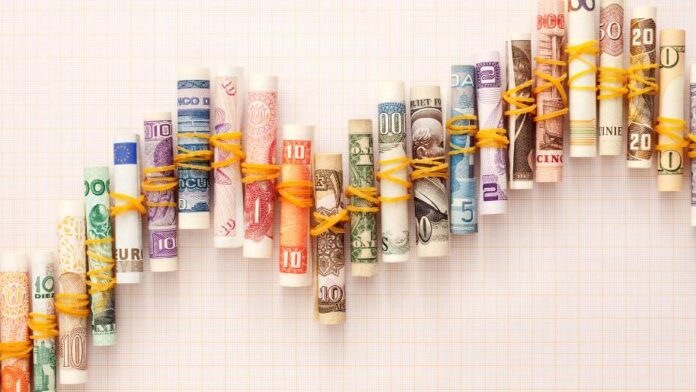Pakistan’s Currency Landscape
In recent times, Pakistan’s financial landscape has witnessed a series of remarkable developments that have left both economists and investors intrigued. These changes can be directly attributed to the State Bank of Pakistan’s (SBP) recent reforms and the sustained campaign against speculators, hoarders, and smugglers. In this article, we will delve into these significant developments and their implications for the Pakistani currency market. We will also explore the reasons behind the SBP’s decision to maintain its policy rate at 22% during the most recent Monetary Policy Committee (MPC) meeting and the substantial reduction in the current account deficit for August 2023.
1. State Bank of Pakistan’s Reform Agenda:
The SBP’s reform agenda has played a pivotal role in shaping the current currency landscape in Pakistan. These reforms have been designed to streamline exchange businesses and encourage leading banks to establish their own exchange businesses. The ultimate goal is to bolster the country’s economic stability and create an environment conducive to foreign investment.
2. Policy Rate Stability:
Contrary to market expectations of a probable rate hike, the SBP chose to maintain the policy rate at 22% during its most recent MPC meeting. This decision raised eyebrows but was driven by a well-thought-out strategy. By keeping interest rates steady, the SBP aims to provide a stable environment for businesses and investors, thus attracting much-needed foreign capital. This approach is part of the broader effort to stabilize the Pakistani economy and its currency.
3. Current Account Deficit Reduction:
One of the most noteworthy achievements in Pakistan’s recent economic history is the substantial reduction in the current account deficit for August 2023. The deficit plummeted to $160 million, marking a staggering 79.35% decrease from the previous month of July 2023. This improvement is particularly remarkable considering the removal of limits on letters of credit. It underscores the nation’s determination to boost its economy and bring stability to its currency.
4. Strengthening Pakistani Rupee:
In the interbank session, the Pakistani rupee (PKR) exhibited signs of strength against the US dollar, ultimately closing at PKR 296.849 per USD. Throughout the trading day, the exchange rate displayed fluctuations, reaching a high of 297.2 and a low of 297. In the open market, the dollar was quoted at 296 for buying and 300 for selling, where the exchange rate remained consistently stable.
Conclusion:
In conclusion, Pakistan’s currency landscape has experienced a positive shift, thanks to the State Bank of Pakistan’s reform agenda and the country’s concerted efforts to combat currency speculators, hoarders, and smugglers. The decision to maintain the policy rate at 22% reflects a strategic move to attract foreign investment and stabilize the economy. Moreover, the significant reduction in the current account deficit demonstrates Pakistan’s commitment to economic growth and currency stability. As the Pakistani rupee strengthens against the US dollar, it signals potential opportunities for investors and businesses in the country. These developments are promising and warrant close attention as Pakistan continues its journey towards economic prosperity.

